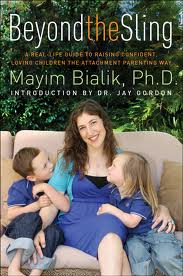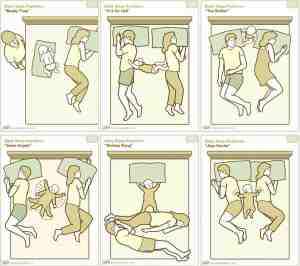
Beyond the Sling
A lot of people would think I’m crazy for recommending a book that devotes about a third of its pages to the benefits of breastfeeding to adoptive parents, but I stand by my recommendation. Beyond the Sling, by Mayim Bialik (a.k.a. Blossom), is a must read for any parent wanting to nurture a healthy and positive relationship with their child using attachment as the main facilitator. Bialik’s conversational tone balances well with the onslaught of factual proof that attachment parenting is the biologically best way for parents to form deep attachments with children.
The book is divided into sections covering the main tenets of Attachment Parenting (AP): birth, breastfeeding, baby-wearing, co-sleeping, kids and their stuff, and discipline. Alongside those topics she also shares her story of ways she dealt with the changes that parenting brought into her life as well as ways she has kept her sanity through the years.
Although adoptive parents probably won’t relate with the childbirth and breastfeeding chapters (and for some it may bring up painful feelings of loss) the book, in its entirety, is well worth the read. All too often I have found that when facing obstacles my adopted children throw at me I lose sight of the forest for the trees. This book does a great job reminding me how parenting and attachment should look. The fact that my children were not fortunate enough to be brought into this world in an attachment-friendly environment is not their fault. It is entirely my responsibility to find a way for me and my adopted children to jump on board the attachment train even if we missed part of the ride.
My favorite part of the book were the chapters on disciplining and stuff. With so many therapists and experts in our lives, giving us tons of conflicting, well-meaning advice on effective discipline, it is easy for me to forget the famous acronym, KISS (keep it simple, stupid!), which totally applies to parenting. Bialik not only shares the beliefs behind gentle discipline, but she explains the science, too. Kids do not need lots of ‘stuff’ to be happy, attached children. Most people agree to this about toys, but when you start talking sensory toys, OT toys, PT toys, etc., suddenly this common knowledge flies out the window.
Oddly enough I practice AP with my bio kids but never thought it really applied to my adopted kids since I didn’t begin their life journey with them. This book was the kick in the face I needed to make me realize I’ve had the correct tools and knowledge all along; I just wasn’t using them.

